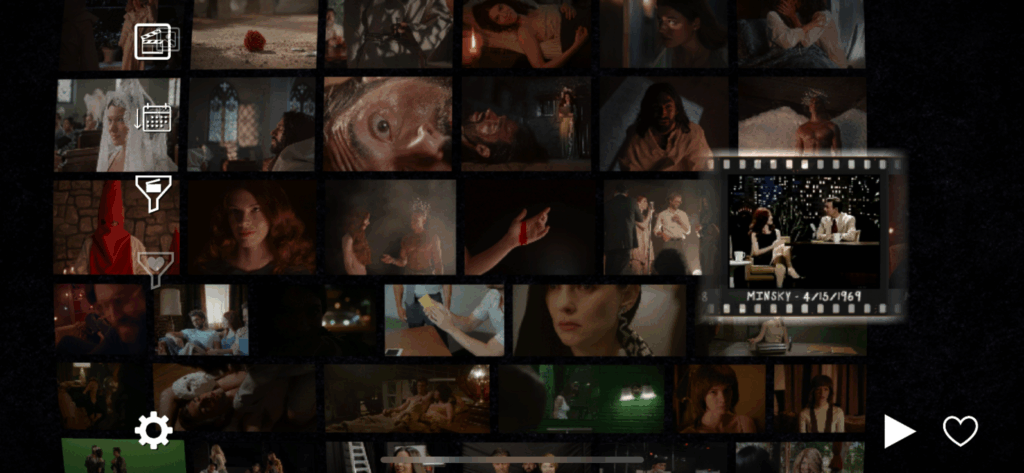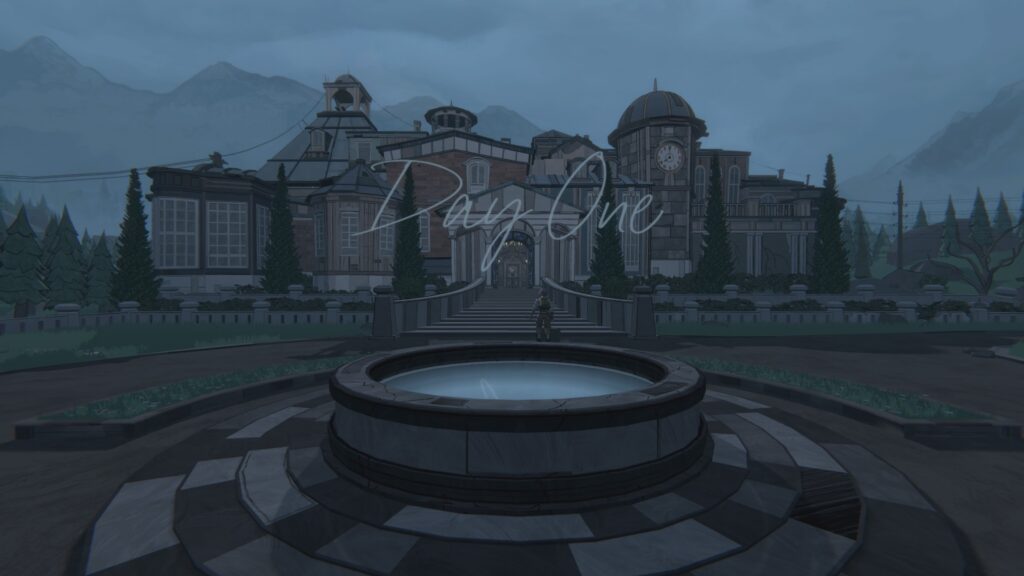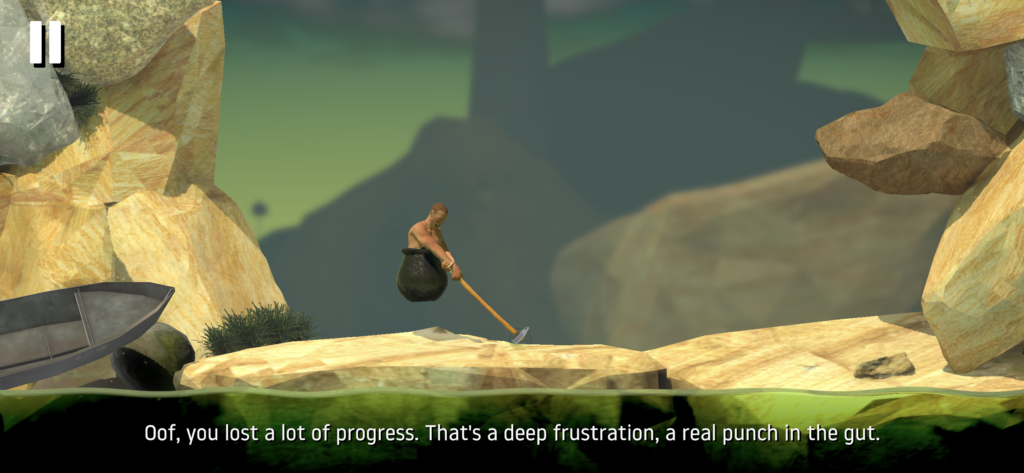Looks like I forgot to share October’s games, so here are both months at once. Whoops!
October

I finished Immortality (Sam Barlow / Half Mermaid Productions), and it’s phenomenal. To learn how to play the game, the player really just has to dive in and discover how to play the game. The mechanics of pulling up videos, scrubbing them (playing, fast-forwarding, and rewinding), and then zooming in on objects or people in scenes allows for an impressive amount of discovery and exploration of this multi-layered and powerful narrative.
Marissa Marcel was an up-and-coming actor, who starred in three films — none of which ever aired. The game presents itself as a retrospective, allowing the the player to delve into clips from these films along with behind the scenes footage to discover her story. In the end, it’s so much deeper than the surface story, revealing a fascinating perspectives on how artists strive for a kind of immortality through their craft.



